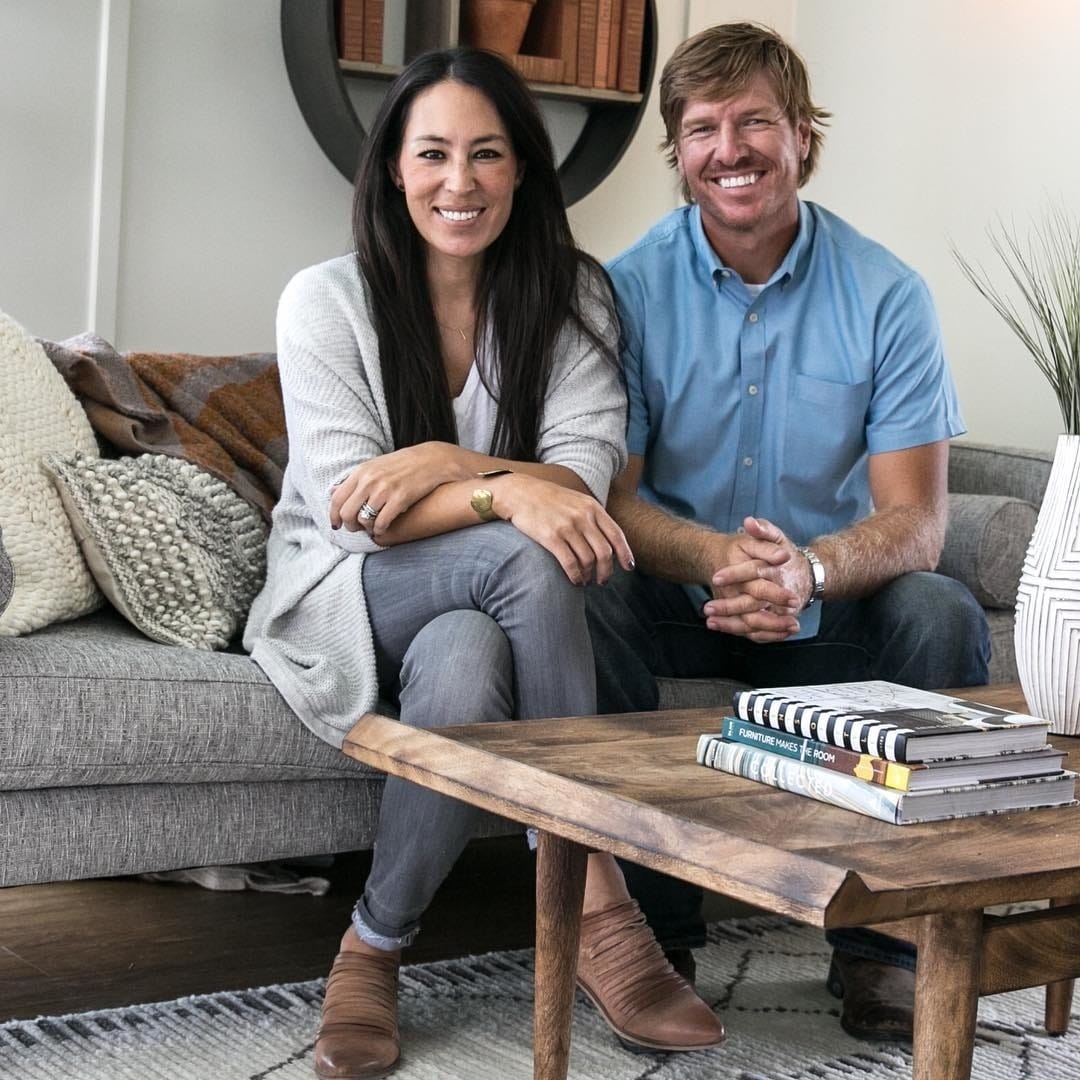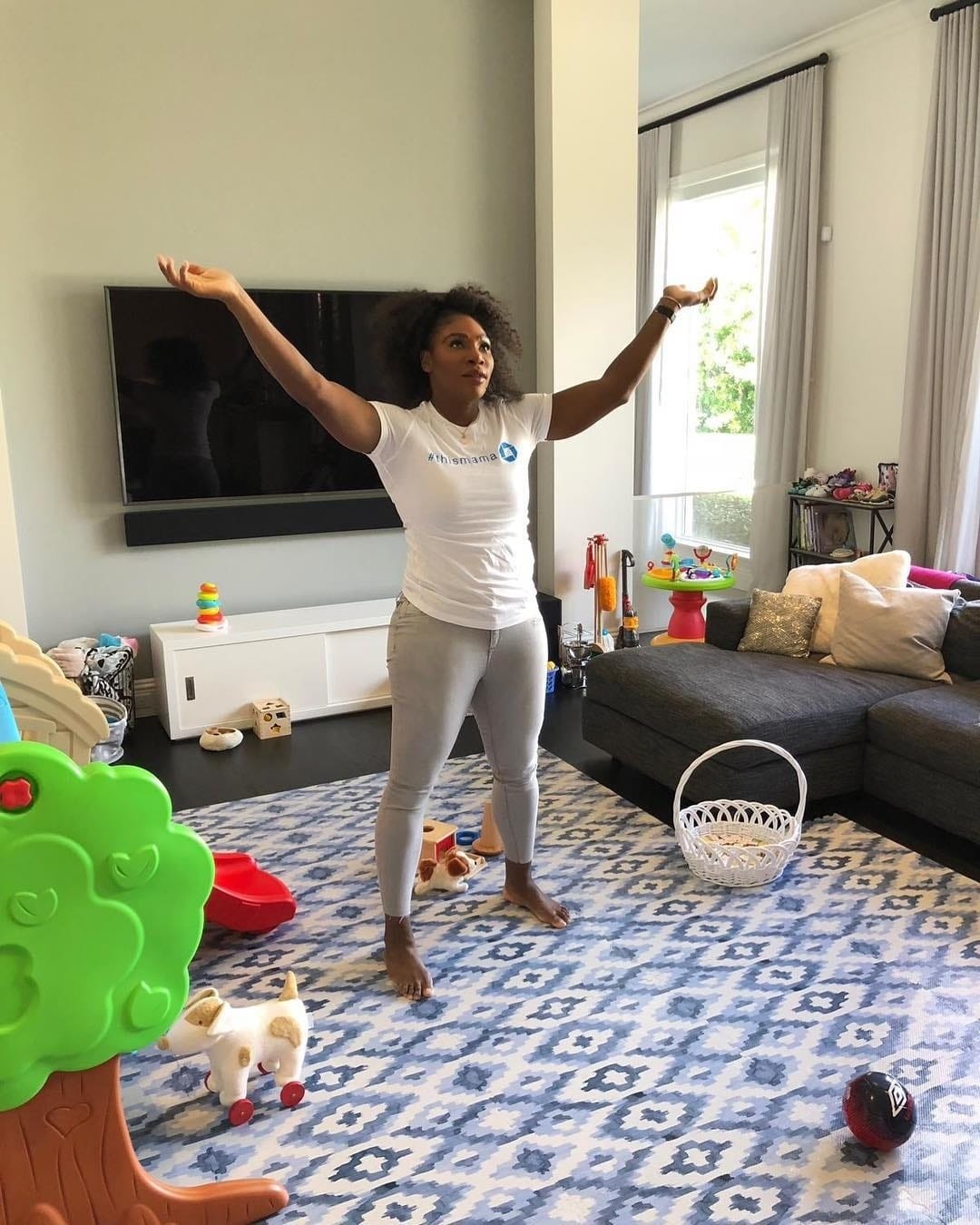Should You KonMari Your Kids?

Trying out Marie Kondo's controversial clean-up method on the toddler set.
I literally didn’t leave the house for two days after reading the bestselling book by organizing guru Marie Kondo – The Life-Changing Magic of Tidying Up. The premise of her book is that we should only surround ourselves with objects that “spark joy” inside us, or that are actively useful and to let go of the notion that we need to hold onto things purely out of obligation or sentimental value.
According to Marie Kondo, if you follow her method to a T, you will never have to de-clutter your house again – which is a pretty appealing thought to a mom of two boys under five, who is constantly tripping over Matchbox cars, Magnatiles, Duplo blocks, train track pieces and marbles.
It was relatively easy – and enjoyable – to “KonMari” my own belongings and those of my family members: clothes, books, papers, miscellany, and even things with sentimental value. But after I’d KonMari’d all of my things, and yes, even many of my husband’s things (this did not go over too well), it was time to tackle the belongings of the true hoarders in my house: my kids.
In her book, Marie Kondo says that for kids four years and younger, it is up to the parent to decide what to discard or what to keep (if the child is five and above, you can involve him in the exercise). But honestly, what the hell do I know about what to keep and what to toss? Kids can be so fickle when it comes to their feelings about well, anything from snap peas to their vast collection of Micro Transformers.
Take the sticky guy that’s supposed to cling to windows but that after a day’s use just becomes gummy with lint and hair – and that my kids haven’t played with since the day they got it in a birthday party goodie bag last year. It is a scientific fact that literally, the day after I decide to throw that gnarly sticky guy away, my son will wake me in the morning asking urgently, “Mom, where is my sticky guy?”
Knowing that eliminating a particular toy could lead to total devastation for my son made me very reluctant to go through his room and decide what toys still “sparked joy” and which could be donated or thrown in the trash. But I persevered, hopeful that if I decluttered his room of all the “unnecessary” toys, he would be able to cherish and appreciate the toys left front and center.
I decided that I would look at each toy and try to remember the last time he had played with it. Like the Play Doh ice cream maker that my son has not played with in about two years. One of the levers is missing. Even when he used to play with it, he tended to fashion the Play Doh into what looked like “breasts” instead of ice cream, so the toy missed the mark from the very start.
I put it into my KonMari bag, and then a memory hit me – just a few weeks ago, his little brother had taken the contraption and pretended to make ice cream – no Play Doh needed – and serve it to his grandparents. So out went the Play Doh maker, back into the storage box. I don’t think Marie Kondo, blessed be she, accounted for younger siblings giving toys a new life. I left the room largely un-KonMari-ed.
My little one’s room was a LOT easier because we barely buy him any toys since, you know, #secondchild. I decided to go through his room with an eye towards getting rid of infant-related objects that I know we won’t miss: expired diaper rash creams that I’ve had since his brother was a baby, a lone Ugg bootie that I’d been hoping to find the partner of for over a year, those stickers that you’re supposed to put on the baby’s onesie to take those “I’m One Month!” photos. Needless to say, the purge was small.
So is it possible to KonMari your young children’s things? And should you? After my brief flirtation with it, I don’t think so. As many parents know, a child’s definition of joy – and even his approach to play – is quite fluid. Toys and their uses can evolve with a child’s growing sophistication and developing motor skills, and with the addition of new interests and toys. A lone Little People figure that has been sitting in the bottom of the toy bin for months, can find renewed life as the chief fire inspector of the brand-new fire truck your son got for his birthday. The musical tea set that you thought was too babyish for your toddler is now The One Toy your toddler is asking for. Sometimes the whole fun of “play” is simply dumping all the toys out, and admiring the spoils.
Plus, kids are fickle and unreliable. One minute, that cardboard box I helped my son fashion into a “fire house” (a very generous way of looking at my miserable attempt at DIY) is the prized possession that he is asking me to hide on the highest shelf so that his little brother can’t “ruin it”. The next he’s like, “I hate that stupid box, let’s stomp on it”.
And the gratification I’m supposed to get from my newly decluttered space? Well, the vision of a minimalist child’s room sparsely filled with toys made of twine and egg cartons is nice, but that would also mean I would have to be the kind of mom who makes toys from twine and egg cartons. The truth is, I am not that mom.
So I’ve decided to also be OK with just enjoying the newly de-cluttered spaces in the house that only belong to me: My side of the closet. My medicine cabinet. My husband’s things. (Sorry, Honey, that Marie Kondo is very persuasive!)
The KonMari method has shown me a different way to think about the things I own, and also released me from holding onto ideas of who I once was and who I hope to someday be. In a New York apartment, there is only room for who you are right now.
Who I am right now includes being a mom and a wife, which means I share my space with other people. So in this big de-cluttering exercise, what I really learned from it, beyond how to part with objects, is how to make room for my children’s things and to be OK with all the “stuff” that comes with children who are messy, and who do not live in Scandanavian furniture catalogs, and who prefer – most of the time – Fisher-Price and Hasbro to anything made from egg cartons and twine.


































